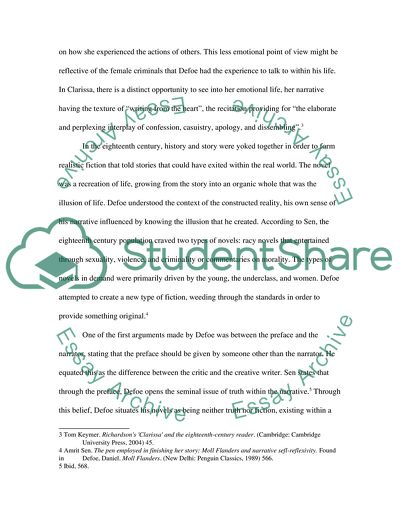Cite this document
(“The Use of Narratives to Create the Human Experience Essay”, n.d.)
Retrieved from https://studentshare.org/literature/1575012-the-use-of-narratives-to-create-the-human-experience
Retrieved from https://studentshare.org/literature/1575012-the-use-of-narratives-to-create-the-human-experience
(The Use of Narratives to Create the Human Experience Essay)
https://studentshare.org/literature/1575012-the-use-of-narratives-to-create-the-human-experience.
https://studentshare.org/literature/1575012-the-use-of-narratives-to-create-the-human-experience.
“The Use of Narratives to Create the Human Experience Essay”, n.d. https://studentshare.org/literature/1575012-the-use-of-narratives-to-create-the-human-experience.


